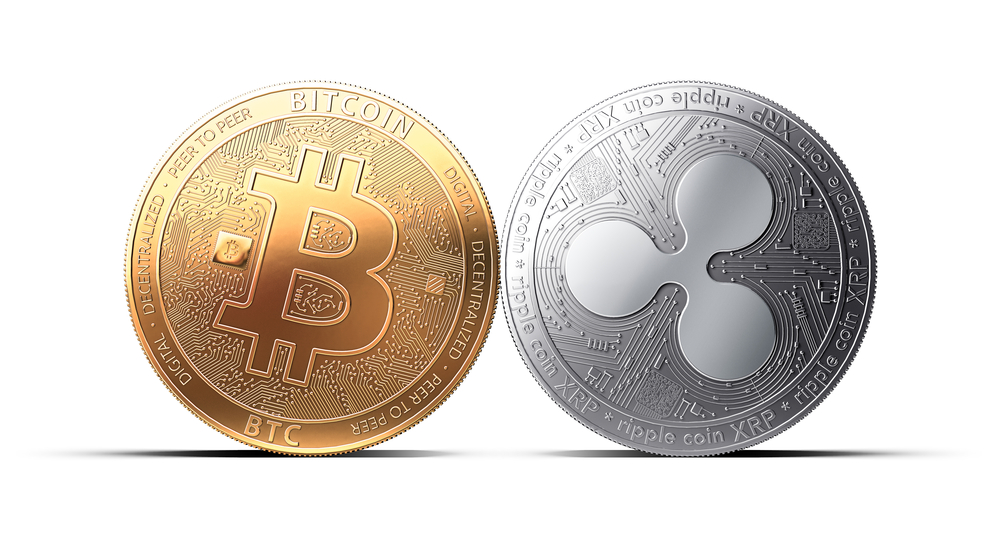XRP, a cryptocurrency that is commonly touted as reaching an all-time highest value of around $3.80, was briefly worth thousands of times more due to one individual’s serious mistake.
Back in October, one unfortunate individual paid the equivalent of $8,341 per XRP — which is approximately 31,000 times higher than the then going market rate — ouch! Then again, at least one lucky individual managed to sell their XRP at massively higher than the market rate, all because they dared to set their sell order at a ridiculously high value.
Although it is not clear exactly how much XRP was purchased at this rate, it was enough to buy through the order books at the 1-minute timescale and produce a huge green candle.
The (Almost) Rise of XRP
To put this into perspective, had XRP continued trading at this value, this would have placed its market capitalization at around $361 trillion — or more than ten times more than the top 100 largest corporations in the world combined.
As it stands, it is unclear whether the sudden spike is the result of an order book glitch, or whether some poor soul actually managed to purchase XRP at this rate accidentally. However, this isn’t the first time somebody seemingly paid over-the-odds for a low-value cryptocurrency.
For example, when Zcash (ZEC) launched back in 2016, it initially opened on exchange platforms at 20,000 BTC — at the time worth approximately $1.37 million, whereas ZEC then crashed down to around $5,841 the day after it launched. Likewise, one unfortunate individual reportedly paid 1 BTC for 5 LTC on the now-defunct QuadrigaCX exchange in late 2017, when BTC was worth nearly $20,000.
An Accidental Entry?
Exactly why these orders occur remains a mystery, but there are two commonly spouted theories. The first of these is that the buyer accidentally entered the price of Bitcoin in the value field since it was trading at roughly around this price last October. However, since Coinbase features a warning prompt whenever you enter a suspiciously high price, it would need to be a severe case of negligence for this to be the explanation.
The second possible explanation is far more sinister and involves intentionally manipulating low liquidity trading pairs to extract gains from a compromised account. Since most platforms prevent withdrawals from compromised accounts, hackers can essentially transfer funds to another account with minimal losses by opening high-value trades on low liquidity trade pairs.
With that in mind, it might not be the worst idea to post some exorbitant sell orders up, with the hopes of being on the winning end of the next mistake.



0 Comments